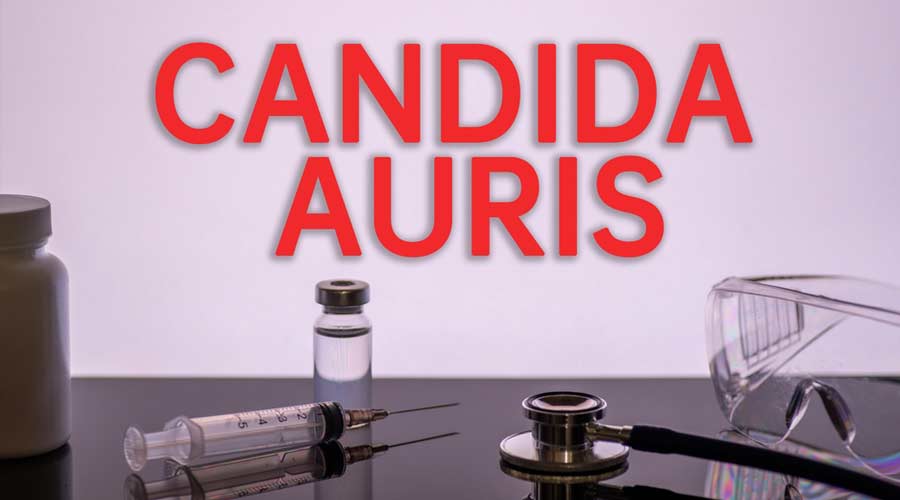
Diversey Holdings, Ltd. has demonstrated in a recent study by Purdue University that disinfectant efficacy against Candida auris (C. auris) varied significantly with both product formula and contact time having a significant impact on disinfectant efficacy. The study suggests that healthcare facilities wanting the best hygiene outcomes should use disinfectants with an EPA approved label claim against C. auris and should ensure the surface is kept wet for the contact time listed on the label.
The Diversey funded, peer reviewed Voorn et al. study, selected for its impact on the hygiene and disinfection industry and published in the Scientific Reports journal by Voorn et al. is part of Diversey's research into disinfection performance to study environmental surfaces and patient care equipment in healthcare facilities. Prior to this research, little was known about disinfectant efficacy against C. auris when wiping larger surfaces, such as would be found in healthcare facilities.
In healthcare, the fungus Candida auris (C. auris) is an emerging pathogen of concern because it can be found on environmental surfaces and is generally more resistant to disinfectants than other Candida species. The authors tested 5 EPA registered disinfectants on a 1 m2 surface that was intentionally contaminated with C. auris. The surface was wiped with a pre-wetted disinfectant wipe and the efficacy against C. auris was measured at contact times from 30 seconds to 10 minutes. There were statistically significant differences in efficacy between different contact times and disinfectants, showing that when healthcare facilities disinfect environmental surfaces, the choice of disinfectant and amount of time the disinfectant keeps the surface wet are likely to have an impact on the amount of C. auris remaining on the surface after disinfection.
Environmental surfaces and patient care equipment in healthcare facilities are routinely contaminated with pathogenic microorganisms, and the standard intervention to treat most healthcare environmental surfaces would be to wipe the surface with an US-EPA approved disinfectant. By wiping a larger surface (1 m2) and testing 5 different commercially available disinfectants used in healthcare facilities (2 with a C. auris claim, 3 without the claim), the authors concluded that there are significant differences in efficacy between products and how keeping the surface wet during disinfection impacted the efficacy.
Visit the Scientific Reports journal for more information on this research

 The Down and Dirty on Cleaning in Virus Season
The Down and Dirty on Cleaning in Virus Season How Surfactant Use is Expanding in Commercial Cleaning
How Surfactant Use is Expanding in Commercial Cleaning Clean Buildings Conference
Clean Buildings Conference